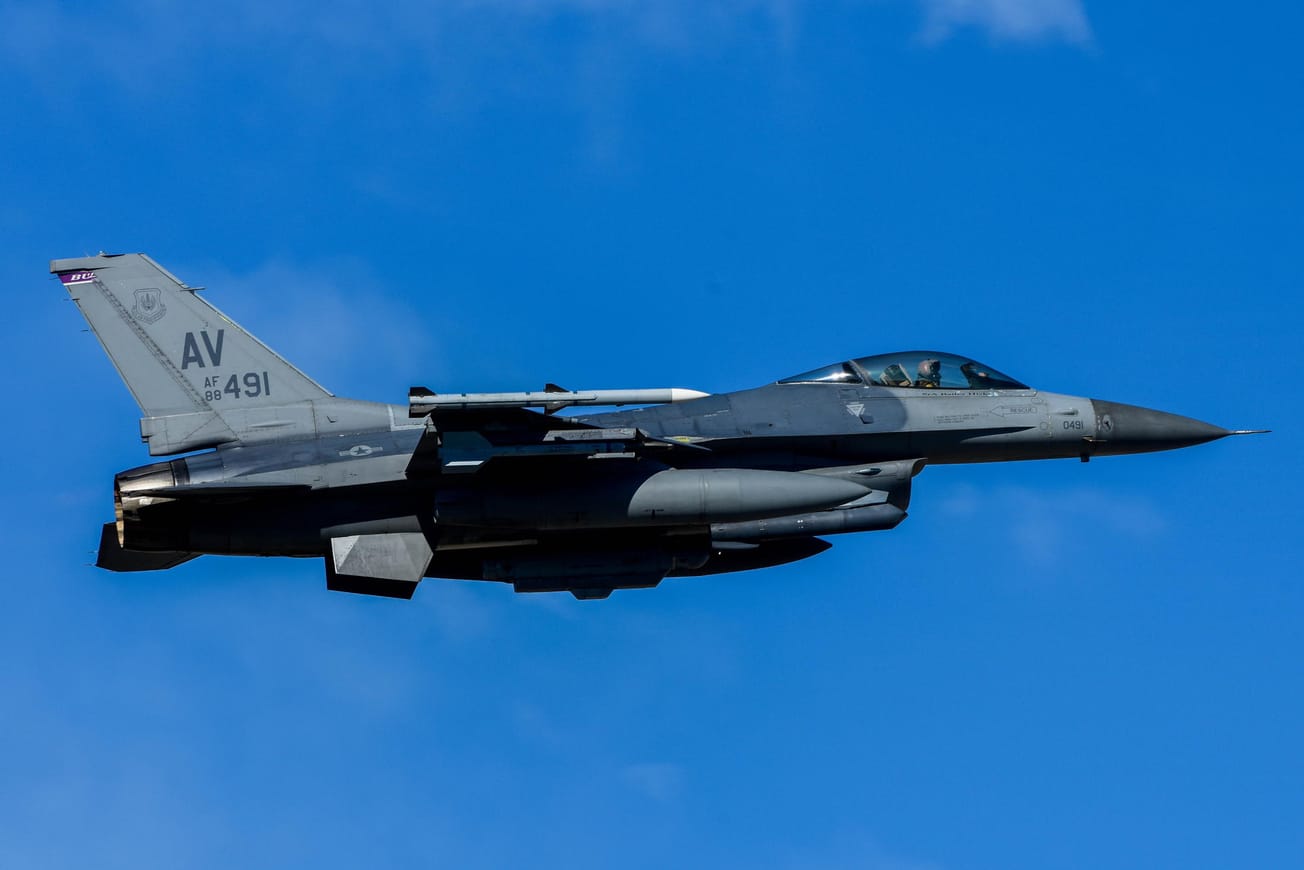The following article by Lyndon H. LaRouche, Jr. was published in Executive Intelligence Review, Volume 17, Number 34, August 31, 1990. View a PDF of the original at the LaRouche Library..
Virginia congressional candidate LaRouche made the remarks transcribed here on August 21, speaking from prison in Rochester, Minnesota.
Immediately, the present war in the Middle East is a direct reflection of a British intelligence control over Israel, and orchestration of the situation in the Arab world. The Arab world as a whole was manipulated, together with Israel. Saddam Hussein, and Iraq as a whole, were put into a corner, where they had no choice but to react in a certain way, and when they reacted in a certain way, they were put into a corner again, and forced to react accordingly.
The essence of the matter, as every patriotic Arab knows, and many such patriotic spokesmen have said, is the British have worked successfully, over decades, to ensure that the Arabs were prevented from using revenues from petroleum, for economic and related development, of the Arab population as a whole.
However, let’s look at another aspect of this. Let’s assume that this British policy were defeated, as it must be, if there’s ever to be peace in the Middle East.
What do we do?
Well, we have to correct some errors which are fairly popular, among, respectively, Arab and Israeli populations in the Middle East. And, we must structure, at the same time, a general policy plan of development which is the foundation for such peace.
For years, our proposals for economic development, have been repeatedly brushed aside, with the advice that a political settlement must come first, and then an economic cooperation for general development of the region, might become possible.
There Is No Purely ‘Political’ Solution
We have repeatedly said, and rightly so, that that line of argument is wrong, and even dangerously absurd. The simple reason is, that without a policy of economic development, the Arabs and Israelis have no common basis for political agreement: no common interest.
It is only as the Israeli—not as a Zionist, but as an Israeli—finds his or her interest to be the economic development of Israel, as a nation (not as an arms exporter, not as a participant in drug trades, not as an exporter of illegal or black diamonds, but as a producer of vegetables, machine tools, technology, and so forth), and the Arab similarly, that both have a fundamental, common interest in the progressive development of the fertility and fecundity of the land of the entire region. On that basis, for the sake of those respective and common economic interests, a political settlement is possible. Without that element, the idea of political settlement is an old fool’s coughing into the wind.
On the Arab side, we have found the most common and most powerful corrupting ideological influence, supplied by the British, to divert many Arabs away from their true self-interest, is the British indoctrination of Arabs, in the physiocratic doctrine: that the exploitation of a natural resource, oil, was the proper present and future destiny of the Arabs forever, that economic development was not necessary; and thus, the British have cultivated certain, shall we call them, physiocratic tendencies among Arabs, and have manipulated Arabs, by virtue of these physiocratic tendencies, which have treated technology as something which is simply imported, at choice and at pleasure, out of the proceeds of petroleum sales abroad.
We must replace these physiocratic ideas with the notion of the exchange of petroleum for technology, technology to uplift the individual Arab, technology to increase the fecundity, and fertility, of every square kilometer of Arab soil, in terms of agricultural and industrial, and hence, also, infrastructural potential. I indicate below some guiding principles, which properly govern any sound economic development plan.
The Tactics of Economic Geography
First, let’s look broadly at the tactics, which we might call the tactics of economic geography.
One could define the proper approach to development of the Middle East, if no persons lived there presently, as if, for example, we were planning the settling of Mars: an uninhabited planet, by aid of artificial environment, and so forth. We could define the future cities, the future topography of Mars, from the standpoint of its geography, and a few principles of topology.
The primary considerations, which we would bear in mind for the Middle East, presuming nobody lived there, but we were going to settle people there, would be water, power, transportation, and the location of urban centers.
Now, it doesn’t mean you have to have the water there. You simply have to know you need the water. And, you have to decide on the proper courses by which the water will be transported, or distributed, one might say (we’re talking about fresh water, of course), such as to make the average square kilometer of land most fertile, or most fecund. That doesn’t mean a uniform distribution of water; that means what we might call the equivalent of a least-action distribution of water, to get the highest average value of land, not the highest uniform value of land.
We also know that we require a certain amount of power, per square kilometer, to develop that square kilometer to a certain level of productivity for various kinds of land-use, such as reserve land, wilderness land (those are two different kinds of land uses); pastureland, as opposed to agricultural land in agriculture; forest land; land use for private habitation; land use for commercial functions; or land use for heavy or light industrial functions. In each of these cases, we require a somewhat different density of power supplied, per hectare or per square kilometer, and per capita.
Then, transportation: We require a least-action pathway of transportation, in terms of ton-miles per hour, essentially, or as one parameter, to be used. And, we generally find that transportation will tend to follow the course of water, because water transport, rail transport, highway transport, and air transport, are all interrelated, in terms of their relative functions, within an economy. Also, the transportation of materials, whether by pipelines, or transportation of power, or transmission of power, all tend to follow most conveniently, a least-action pathway, which tends to bring these various modes of movement into a convergence, along certain lines of movement, just as water is moved along certain lines of movement. And, these two, and water, tend to converge.
Now, the network of water flows and transport flows, and the network of required energy flows, defines certain nodal points in the entire landscape, which are the proper sites of present or future urban centers. Urban centers are characterized as nodes of transportation, and also, nodes of distribution of power, that’s the way a healthy physical economy functions.





